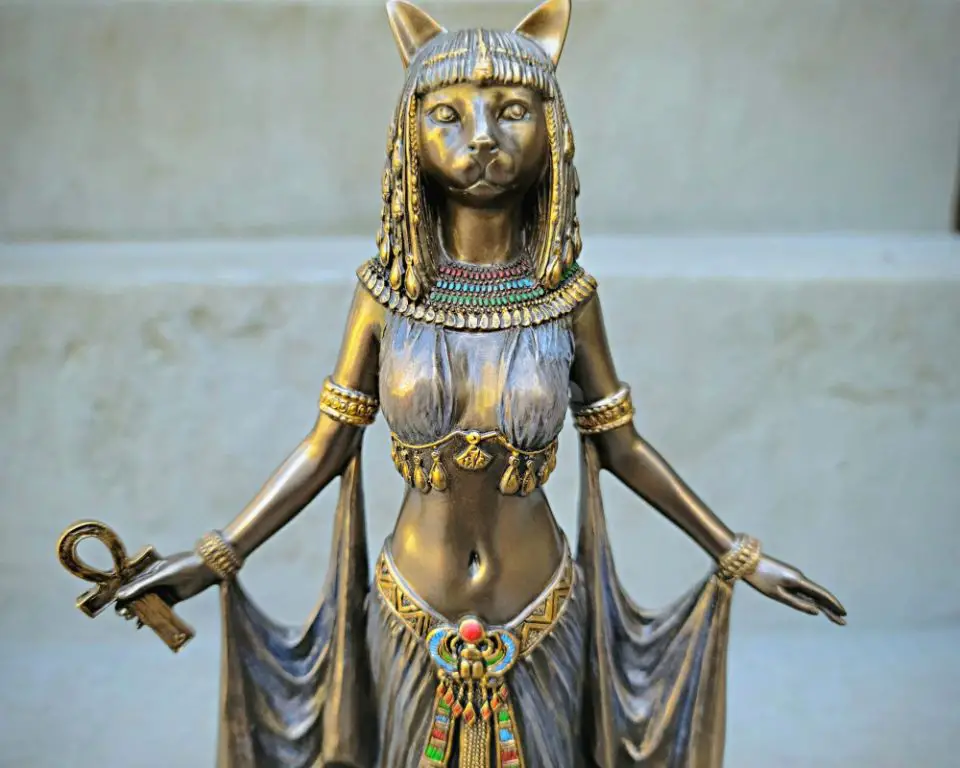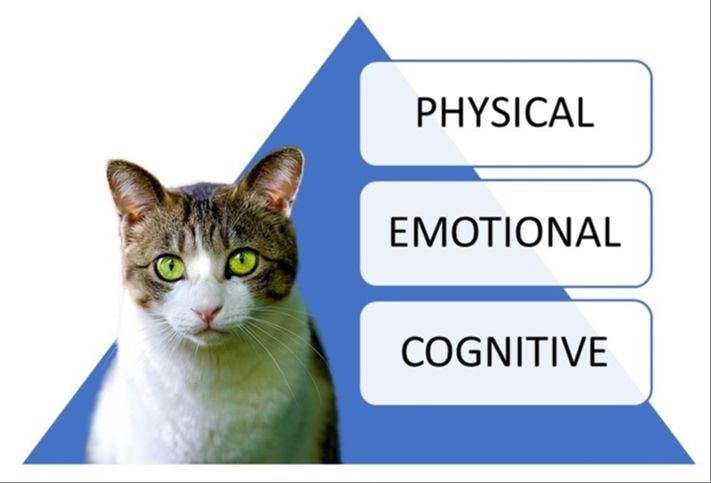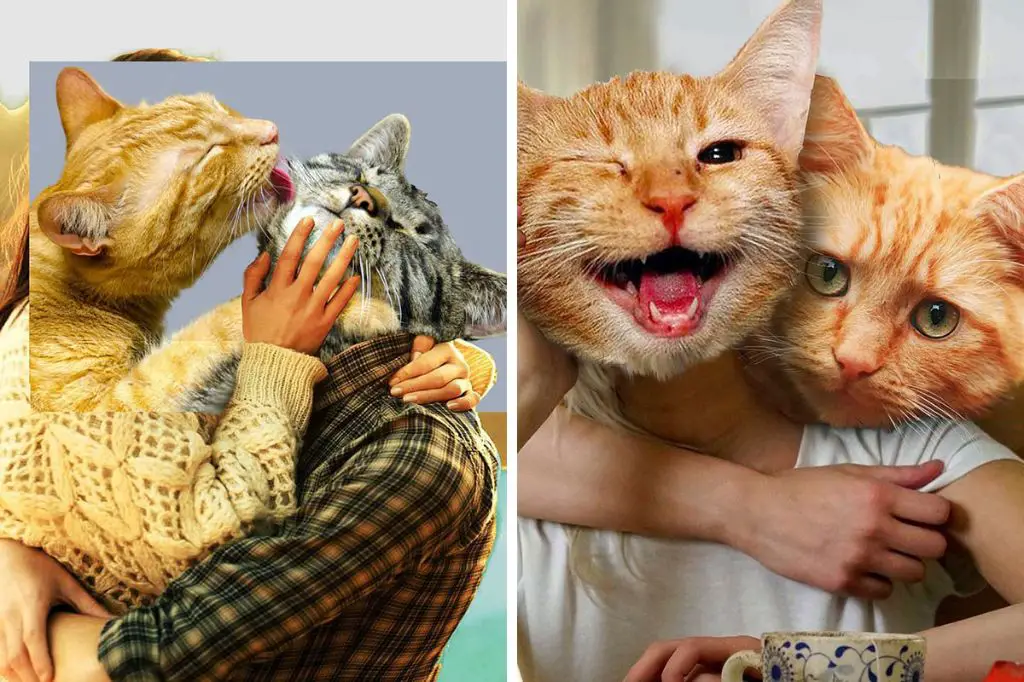The idea of eating domestic cats is shocking and taboo for most people around the world. However, the consumption of cat meat has a long history in some cultures and regions. Though cat meat dishes are unfamiliar and controversial, exploring this topic provides an opportunity to learn about different cultural practices, evaluate ethical and health concerns, and understand more about the meat we eat. This article will examine the history, nutrition, taste, controversies, and cultural significance of cat meat consumption around the globe.
History of Eating Cats

The practice of eating cat meat dates back thousands of years. In ancient Egypt, cat meat was consumed as part of rituals and ceremonies honoring the cat goddess Bastet. Cats were mummified and offered as sacrifices, then eaten as a way to absorb the animal’s “spiritual powers.” Other ancient cultures like the Chinese and the Romans also ate cat meat for similar symbolic purposes.
During the Middle Ages in Europe, cats were eaten out of necessity and for protein during times of famine and food shortages. Peasants and commoners would hunt stray cats and cook them in stews, pies, and other dishes. The ancient Hawaiian culture also viewed the eating of cat meat as a “lucky” spiritual act.
In parts of Asia, Africa, Europe and South America, eating cat meat was historically practiced when other meats were scarce. Cats were an accessible source of protein for poor, rural communities. Some cultures developed a specific taste for cat meat as a delicacy. According to Wikipedia, cat meat is still consumed as food in parts of China, Vietnam, Nigeria and Switzerland today.
Nutritional Profile
Cat meat is a good source of protein, containing around 20-25 grams of protein per 3 ounce serving, or 100 grams (“Find Generic Cat Meat Calories & Nutrition Facts,”
It is relatively low in fat compared to other meats like beef or pork, with approximately 10-15 grams of fat per 3 ounce serving (“Cat Meat Nutrition Facts: What You Need to Know – Statcare”). Much of this fat is unsaturated, providing some potential heart health benefits.
Cat meat is also rich in several key micronutrients. It is high in vitamin A due to the natural presence of this vitamin in cats’ bodies – unlike humans, cats cannot convert beta-carotene to vitamin A and must obtain it directly from their diet. Taurine is another nutrient contained in significant quantities in cat meat. Cats, unlike some other animals, require dietary taurine and thus their meat is a rich source of this amino acid (“Cat Meat Nutrition Facts: What You Need to Know – Statcare”).
Overall, cat meat is dense in high-quality protein and rich in several nutrients essential for cats that may also confer some benefits for humans. However, regular consumption of cat meat raises significant ethical and legal concerns.
Taste and Texture
The taste of cat meat is often described as gamey or stringy with a greasy texture that is tough and chewy.[1] Some compare the flavor to meats like squirrel or raccoon, though generally less appetizing. The meat has been called “surprisingly light and soft” yet also “chewy,” indicating inconsistency.[2]
On Reddit, one person who claimed to try cat meat said it “tastes a little gamey, a little stringy/tough. If you’ve had rabbit, it’s kind of like that but a bit chewier.”[3] The chewy and stringy texture seems to be a common theme, making it difficult to digest. Overall, cat meat is not described as an enjoyable or tasty meat compared to more mainstream options.
In terms of taste, dog meat is considered superior to cat meat, though eating dog meat also presents ethical issues. From a purely flavor perspective, cat meat is not regarded as a desirable or palatable meat choice.
Humane Concerns

There are significant animal welfare issues to consider with eating cat meat. Cats are commonly pets and seen as companions in many cultures, so the thought of slaughtering and consuming them raises ethical concerns. According to the World Dog & Cat Alliance, the main objections are that cats have an emotional bond with humans, are intelligent and sentient like dogs, and lack commercial value as livestock [1]. Additionally, the conditions cats are raised and slaughtered in are often inhumane. Slaughterhouses have little oversight, and cats are sometimes skinned or boiled alive [2]. For these reasons, many argue that eating cat meat is unethical and should be avoided.
Health Risks
Consuming cat meat poses significant health risks as cats can carry diseases and parasites that are transmissible to humans.
Cats are known carriers of toxoplasmosis, a parasitic disease caused by Toxoplasma gondii. This parasite is found in cat feces and undercooked infected meat. Toxoplasmosis can cause flu-like symptoms in adults and birth defects if contracted during pregnancy. According to the Four Paws report, up to 60% of cats carry toxoplasmosis.
Cats may also harbor bacterial diseases like campylobacter and salmonella which can lead to food poisoning. These bacteria are found in undercooked meat and cause vomiting, diarrhea, and fever.
Furthermore, cats can transmit parasites like roundworms, hookworms, and tapeworms through their feces contaminating meat. These parasites can infect the human gastrointestinal tract leading to abdominal pain, diarrhea, vomiting, and weight loss.
Overall, consuming cat meat poses significant health risks and should be avoided.
Legality
Eating cat meat is legal in most parts of the United States. According to the Food Safety and Veterinary Office, the sale of cat meat is not allowed, but it is legal for people to eat their own animals. The Dog and Cat Meat Trade Prohibition Act of 2018 made it illegal to slaughter cats and dogs for human consumption. However, the act only bans the slaughter and trade of cats and dogs, not the consumption itself. Only 6 states (Michigan, Virginia, California, Hawaii, New York, and Georgia) specifically prohibit the consumption of cats and dogs.
Internationally, cat meat is legally consumed and traded in countries like China, Vietnam, and Switzerland. However, the practice faces increasing opposition due to animal cruelty and health concerns. Many countries are considering bans on cat and dog meat consumption.
Cultural Taboos

In most Western countries, there is a strong cultural taboo against eating domestic cats and dogs. This taboo is rooted in the historical bond between humans and these domesticated animals who are often seen as companions rather than livestock.
An article on Gherkins & Tomatoes discusses how even in cultures that have strong taboos against eating cat, desperate circumstances like famine may lead some to consume cat meat as a last resort.[2] Overall though, the cultural norm in the West is strongly against eating cats or dogs.
This taboo stems both from the companionship and emotional bonds developed between humans and these domesticated animals as well as from associations of consuming certain animals with poverty.
Alternatives
Due to the ethical, health, and legal issues surrounding cat meat, many advise avoiding it as a food source. However, for those seeking an unconventional or exotic meat experience, there are alternatives that do not involve consuming domestic cats.
Other unusual or taboo meats that may substitute for cat include:[1]
- Alligator
- Alpaca
- Bison
- Camel
- Crocodile
- Deer
- Duck
- Emu
- Frog legs
- Goat
- Guinea pig
- Horse
- Kangaroo
- Ostrich
- Pigeon
- Quail
- Rabbit
- Rattlesnake
- Reindeer
- Turtle
- Venison
- Wild boar
While less common meats like these may provide a similar experience to eating cat, it’s best to ensure they are ethically and legally sourced. Consuming domestic cats and dogs should be avoided on moral grounds.
Conclusion

In conclusion, while cat meat may have been consumed in certain cultures historically, eating domestic cats poses significant ethical, legal, and health concerns today. Cats are common household pets in many parts of the world, and most people consider them companions rather than food. There are also no nutritional advantages to eating cat meat, and it may harbor pathogens like toxoplasmosis that can infect humans.
Additionally, eating cat meat violates laws against animal cruelty in most developed nations. With so many better alternatives available, from chicken to plant-based proteins, there is no need to eat our feline friends. While curiosity about an unfamiliar meat may exist, the risks and consequences simply don’t justify the questionable pursuit of sampling cat meat. The wisest choice is to sustain our respectful and loving relationship with our cats, and seek more ethical, legal, and safe ingredients if we wish to explore new cuisines.

